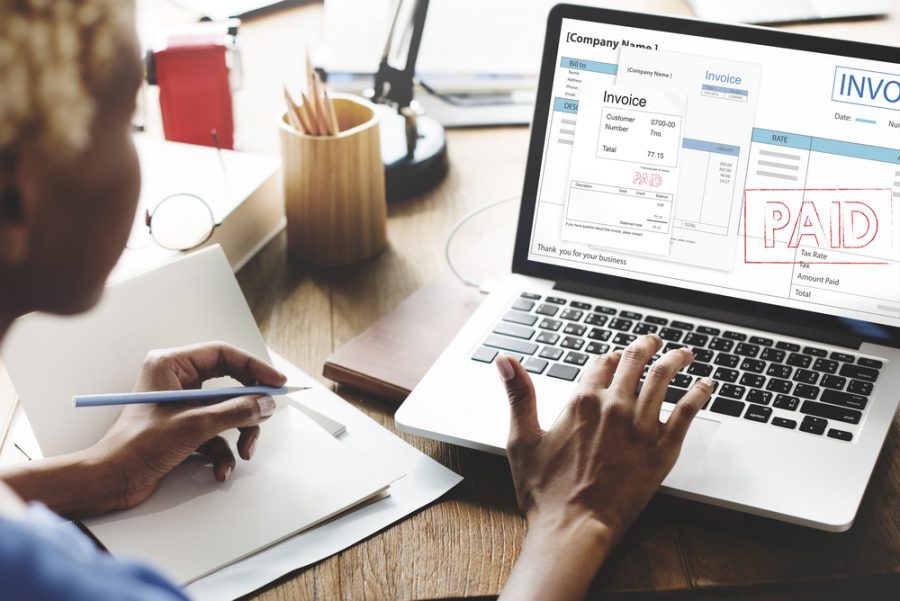There are endless resources about how to set your contractor business up, where the clients are and how you can outperform the competition. What you will find considerably less information on is how you actually go about invoicing as a contractor. This can be a challenging area to navigate for a number of reasons, and today we are going to highlight the best practice for contractor invoicing and some traps to avoid in this simple guide
Clarify Expectations
Before even drafting your invoice or even starting the work – you want to have a conversation with your client to clarify the expectations. Understanding what their business goals, values, tone and priorities are will go a long way in fine-tuning your deliverables. Without clearly defined KPIs, how can you be invoicing with any kind of confidence? You may choose to have this discussion in an open-ended meeting or call, but be sure to follow up with a document that captures everything you discussed so you have a tangible company brief to work towards which keeps you protected if someone changes the goalposts later on.
Payment Terms
What’s common in the contractor world can absolutely baffle some clients, and payment terms are often a point of contention quite early in the relationship. Before any work starts, get confirmation from your client that they can work to your payment terms and commit to on-time payment. You will find that some businesses have little control over when the payment is issued as the invoice is entered into a large system and payment runs are less regular due to the size of the business. This is quite common in government sectors, as well as bigger organisations like hotels. Find out what to expect upfront and decide whether that will work for your needs.
Invoicing Template
Now that those issues have been ironed out, what do you actually include on the invoice itself? Your client may have a specific invoicing template which you can populate, or you may wish to create your own invoicing template. This might be the best way to go if you are starting out because these templates have all the relevant invoice information and terms that you need to include, such as your invoice number, business email, ABN and business address. You can also add some personality to the invoice with a brand logo or some subtle brand colours into the invoice. If you are doing ongoing work for the client, be sure to include enough information about the jobs completed so they know which invoice is for what, as they may be allocating these expenses to different cost centres.
The Client vs Accounts Team
Most relationships start out with the client asking for invoices to be sent to them. This might be so they have a line of sight over the cost, but it might also be because they think it is their duty to send on to accounts. The ideal scenario is to send to both the client contact and accounts payable, as the accounts teams are going to move your invoice through the system the moment they get it and will not expedite payment should your client forget to send through the backlog of invoices. This might seem like a small note to make, but it will transform your relationship if you don’t have to pester the client contact for payment but rather the right people who field these emails as their job.
We hope you have taken away some wisdom from this simple guide and have a greater understanding of the relationship a contractor has with the client. Once you have a rhythm going all of this will become very automated, but make sure things are set up correctly from the start to avoid disappointment and late payments.
















